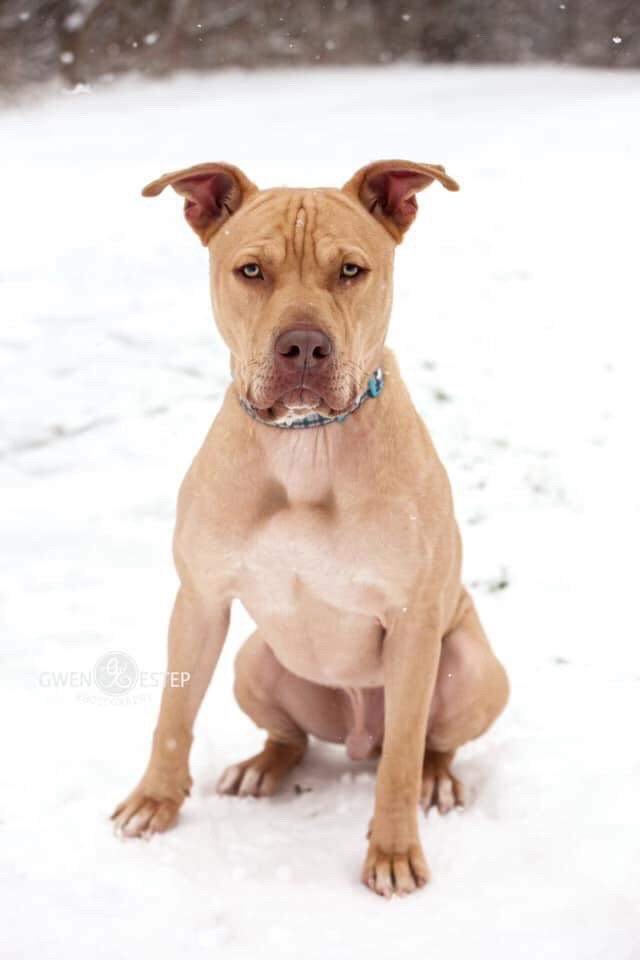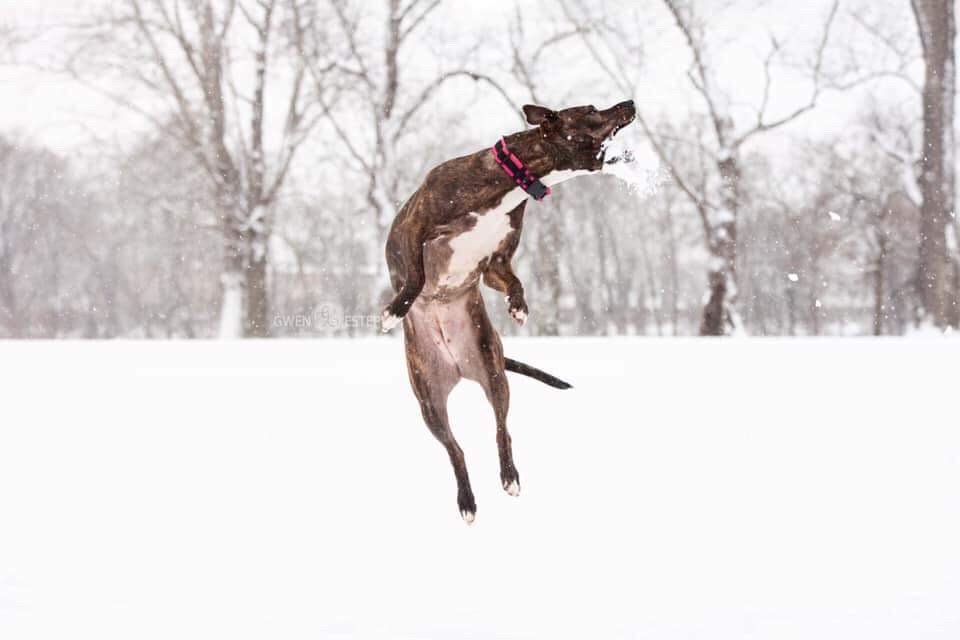House Rules
Congratulations! You are now the proud owner of a fabulous dog.
But like all new family members, there is a period of adjustment. These house rules for your new dog are essential for a smooth transition from shelter dog to a loving family member.

If you are a foster, these rules apply to you too! Dogs without rules quickly develop bad manners, but dogs that know their place and understand house rules will become confidant, loving pets.
From Foster Dog to Forever Home: Guidelines for Smoothing the transition
These guidelines are written to help you learn how to enforce house rules and set limits with your new dog so he can streamline into your family's routine with ease.
It's perfectly normal for confident, clever dogs to test the limits a bit to see if they can gain more privileges in their new home. Remember: a dog without rules can develop bad manners and be less than fun to live with.
Fortunately, dogs really do like to please their humans, so the more opportunities we give them to succeed, the quicker they can fall into place as treasured family members.
Because pit bull type dogs tend to form very strong bonds with their people, their favorite reward for good behavior is ultimately, your affection and praise.
Please keep in mind, as you embark on this journey, that YOUR new addition has become accustomed to their foster home's way of life. For the first 4-6 weeks, he will need boundaries set in place to make the transition (from our home to yours) as easy as possible. He will also need consistency so that he understands what is expected of him.
These guidelines have been tested, over and over again...and they work. While we cannot force you to follow this, we do ask that you consider it for the well-being of your new dog.
3 Essential house rules for new dogs: Days 1-30

1. IN THE BEGINNING
This is the time that you are establishing boundaries for your new dog and making it very clear what is expected of him. This time is also very important in creating a bond with you that will last his lifetime.
For the first 30 days, minimum, your new dog will be confined to his crate. This is not cruel - it is beneficial.
Dogs are "denning" animals. Denning is a natural instinct in dogs and they crave their own space. They have been crate trained in our homes and have become used to having their own space.
You are not being mean when you crate. You are allowing your new dog to decompress, as this is a stressful time for him. Sometimes using a sheet or blanket to cover the crate will give added comfort, especially if there are other dogs in the home. Your new dog can learn through smell and listening about his new family without the stress of direct eye contact.
Prior to allowing him out of his crate, you should ask him to "sit" and make eye contact with you. Once he does, tell him "good boy," leash him and walk him outside to go potty.
At the door, you should ask him to "sit," make eye contact, and then let him outside. You will do the same thing, prior to allowing him back in the house.
Keep your dog leashed to you during all times when he is out of the crate. If he is not being worked or is not outside, he should be crated. Do allow him to have something to chew on in his crate, however.
Tip: It's okay to “Shush!” your dog for complaining about this - just remember to praise him (softly!) when he finally settles so he learns that you like that behavior.
2. YOU HOLD HIS PAYCHECK: N.I.L.F.
We use the NILF concept here at MVPC: Nothing In Life is Free.
It is very important that your new dog understands that ALL good things that happen to him come from you.
You are the holder of all things good and he does not get anything without first working for it. You hold the paycheck for the work done:
- Praise
- Cuddles, Pats and Love
- Treats
- Meals
- Couch Time
- Play Time
- Freedom
For example, before you let your dog out of his crate, ask for some eye contact and a "Sit.‟ That is is working for what he wants.
Tip: Freedom is a dog's most prized privilege. Make him work hard for this. Set him to succeed by making these times short with limited access to your home.
As he proves he can be trusted, you extend the time and space allowed. How quickly this is learned is contingent on the personality of your dog.
Laid back dogs may be able to earn freedom in just a few days, while rowdy dogs may take weeks or months before they can be trusted. There is no time limit on this so do not rush it. Slow and steady wins the race.
3. WORK YOUR DOG - OFTEN!
Your dog needs to be worked hard and often. He needs to be leashed and put through his commands whenever he is brought out of his crate. The more you do this, the better.
Work should include asking a dog to run through a short list of commands several times a day:
- Sit
- Stay
- Down
- Watch Me
Consistency and repetition will reinforce this wanted behavior. make this time fun and happy!
Tip: New dogs will give you the most attention when they're hungry and after they've been exercised. A hungry dog is more likely to comply. Hand feed your new dog by scooping up a handful of kibble, give the command, and then reward with the kibble from your hand.
As he gets better at this, extend the exercise into multiple commands and tricks. Try changing the order of commands so he learns to LISTEN and follow directions, not just go through the motions.
Finally, keep training sessions short (5-10 minutes) and exciting. Make it a game!
Day 30 and beyond: Pet introductions
Butt First to Avoid a Bite
This is a stressful time for most new pet owners. Everything you have done up to this point has prepared you both for this moment.
You have established ground rules for your dog to follow and to build trust. Your dog should listen to you, follow directions, and you will not put him in a stressful situation until he is ready. There is no time and limit on this phase. Our philosophy is: the slower the better.
Pet introductions happen in measured baby steps and the very best place to start is on the walk. Remember that dogs communicate through smell, and "Butts first to avoid a bite" is a good rule of thumb.
Allow dogs to greet one another, as well behaved dogs do, by smelling each others rear ends. Do not allow them to meet face to face though. You wouldn't like it if a stranger rushed at you, would you? Neither does your dog, so do not allow it.
Tip: If either of the dogs are socially mature, first intros between two dogs should be on neutral turf.
A casual side by side walk is a great way to break the ice and help dogs get used to each other‟s appearance, scent and body language. Again, do not allow them to touch until they are more comfortable with each other.
Before letting dogs have full contact, make sure both are well exercised, a bit tired and somewhat acquainted. Be confident that they will respond to your voice commands. You want the dogs to hear your cues during the intro so you can guide them through their meeting.
Follow these steps for success:
- Remove all toys and food items.
- Keep their leashes loose and allow them to move closer, using praise and happy, confident voices for sniffing genitals and rear ends.
Things to look for that will tell you that the time is NOT right:
- stiffening of the body
- ears forward
- head held high
- hackles up
- tail up and over the back
This is technically called "piloerect," and when this happens you must back away and try again another day.
Things to look for that will tell you that the time IS right:
- play bowing
- low tail wags
- soft body
Always keep your voice calm. Allow short increments of play time initially, and end it on a happy note. Do not allow the dogs to get to a point where they are annoying each other. Separate them before that happens and allow for interaction at a later time.
If a scuffle does break out, you haven't failed! You may have just pushed things too fast. The key is not to push past their threshold. It may be best to lower your expectations and take things slower, or hold off on any more greets and call in a trainer to help you.
Tip: Always keep your dogs leashed during play time. You never want to use your hand to break up a scuffle!
It's not unusual to have a couple of minor squabbles as dogs get to know each other, but it benefits everybody to keep those to a bare minimum. As a rule, it's always best to end intro sessions when things are going well. With adult dogs, it can be beneficial to keep first intros short - two or three minutes - then end when it's going well.
Remember, you are setting your dog and family up for success. On the timeline of a dog's life, a month or two is nothing. Take your time! You are not on a deadline to make this work. You will know in your gut when the time is right.
The next time the dogs meet, they‟ll be able to spend even more time together!
We highly recommend staying away from dog parks. Other owners will not be as vigilant as you are. Doggy playdates are a great way to socialize your dog, in small groups, at your home or a friend's. Just remember that the dogs need to be acquainted prior to doing this by following the steps to introductions up until this point.
